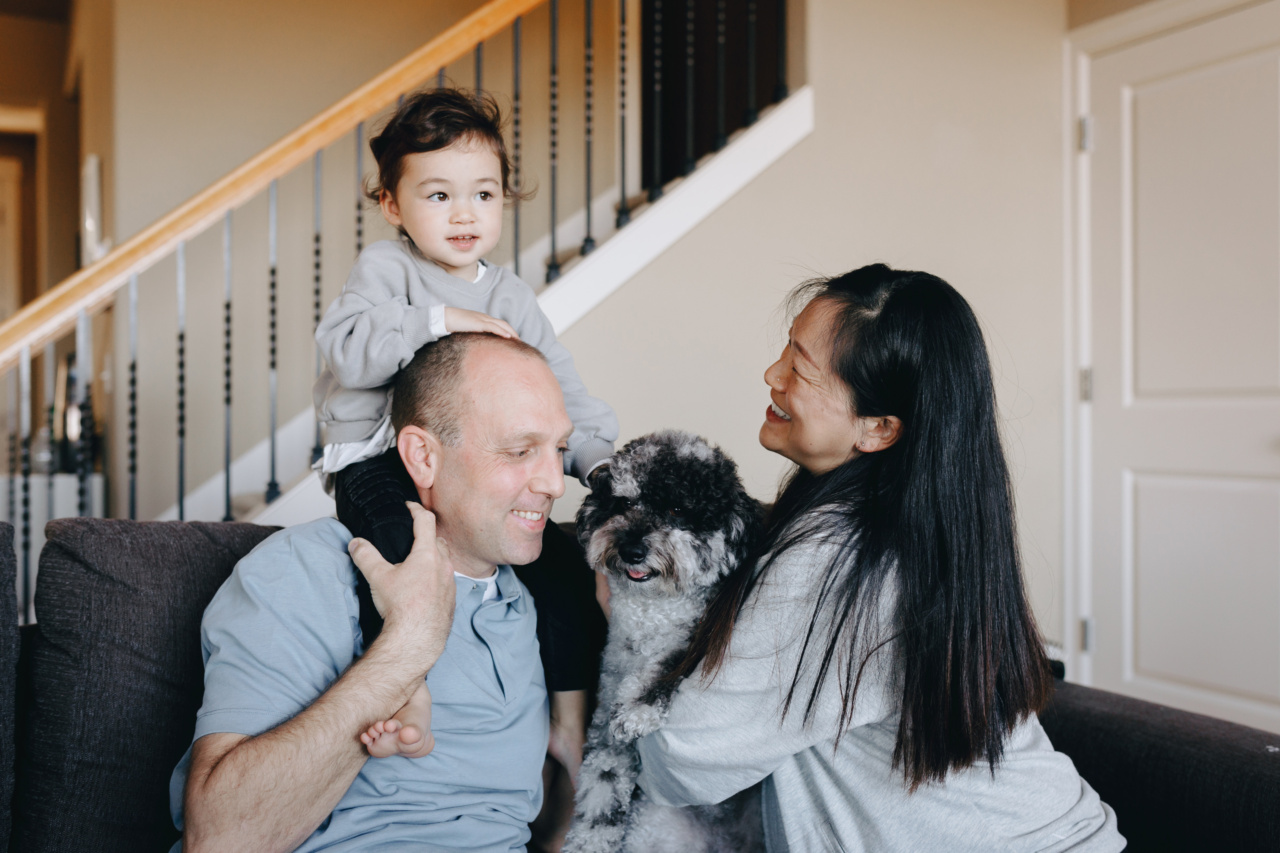Many families consider having a dog as a pet, and introducing a new family member to your child can be an exciting experience. However, it is crucial to ensure a successful interaction and a harmonious relationship between your child and the dog.
This article will explore nine key factors that contribute to a positive and safe connection between children and dogs.
1. Choose the right breed
When looking for a dog to bring home, it is essential to consider your child’s age, activity level, and lifestyle.
Some breeds are known to be more patient and tolerant towards children, while others may have specific needs or higher energy levels that might not align well with your family dynamics.
2. Teach your child about dog behavior
Educating your child about how dogs communicate and behave is fundamental to fostering a successful relationship. Teach them to recognize signs of fear, aggression, or discomfort in dogs, as well as how to approach and interact with them appropriately.
This knowledge will prevent any unintentional harm or misunderstandings.
3. Supervise all interactions
It is crucial to supervise all interactions between your child and the dog, especially in the initial stages. This supervision ensures your child’s safety and allows you to intervene or correct any undesirable behavior promptly.
Gradually, as the bond strengthens and mutual trust develops, you can start giving more independence to both parties.
4. Encourage gentle and respectful behavior
Teach your child to treat the dog with kindness and respect. Advise them against pulling the dog’s fur, ears, or tail and discourage rough play. Encourage gentle petting and reward your child for displaying considerate behavior towards the dog.
This sets the foundation for a positive connection based on mutual trust and understanding.
5. Provide a safe space
Creating a safe space for the dog where they can retreat and have their alone time is crucial. Teach your child to respect the dog’s designated space and not to bother them when they are resting or eating.
This ensures that the dog feels secure and comfortable, reducing the likelihood of any negative interactions.
6. Incorporate training and socialization
Both your child and the dog can benefit greatly from training and socialization. Enroll your dog in obedience classes to ensure they understand basic commands and are well-behaved.
Involve your child in these training sessions and teach them how to issue commands. Additionally, expose your dog to different environments and interactions with other dogs and people to promote healthy socialization.
7. Reinforce positive behavior
Consistently reward and praise the dog for exhibiting positive behavior around your child. This could be as simple as giving them treats when they respond well to a command or allowing them to join in on family activities.
By associating positive experiences with your child’s presence, the dog will develop a fondness for them.
8. Establish boundaries and routines
Clearly define boundaries for both your child and the dog to avoid potential conflicts. For instance, establish areas where the dog is not allowed to go, such as your child’s bedroom.
Additionally, establish and maintain consistent routines for both the dog and your child. This predictability helps the dog feel secure and reduces stress.
9. Teach your child responsibility
Introducing a dog to your family is an excellent opportunity to teach your child about responsibility and empathy. Assign age-appropriate tasks, such as feeding the dog, grooming, or helping with walks.
This instills a sense of ownership and caring, fostering a stronger bond between the child and the dog.





























